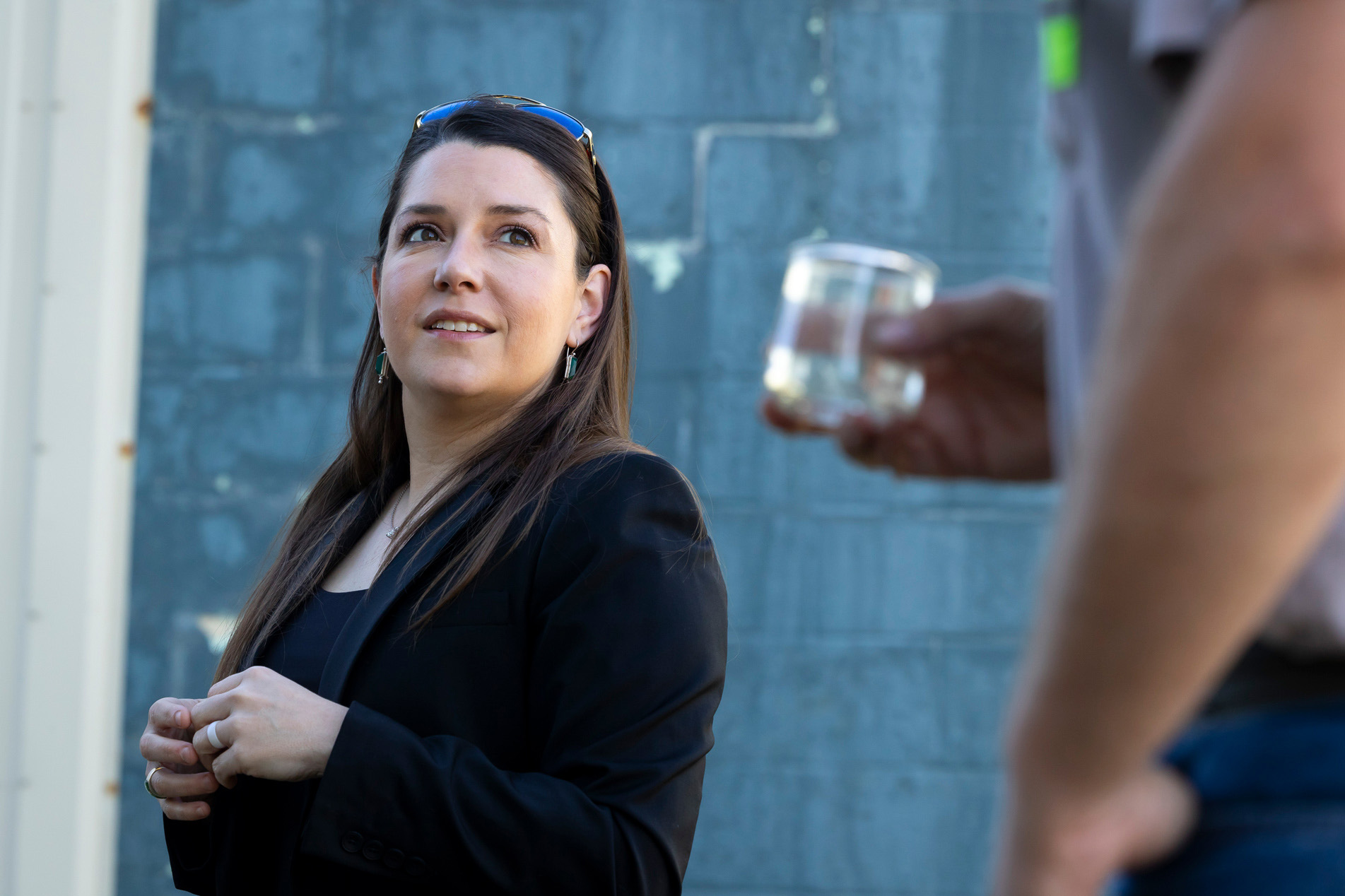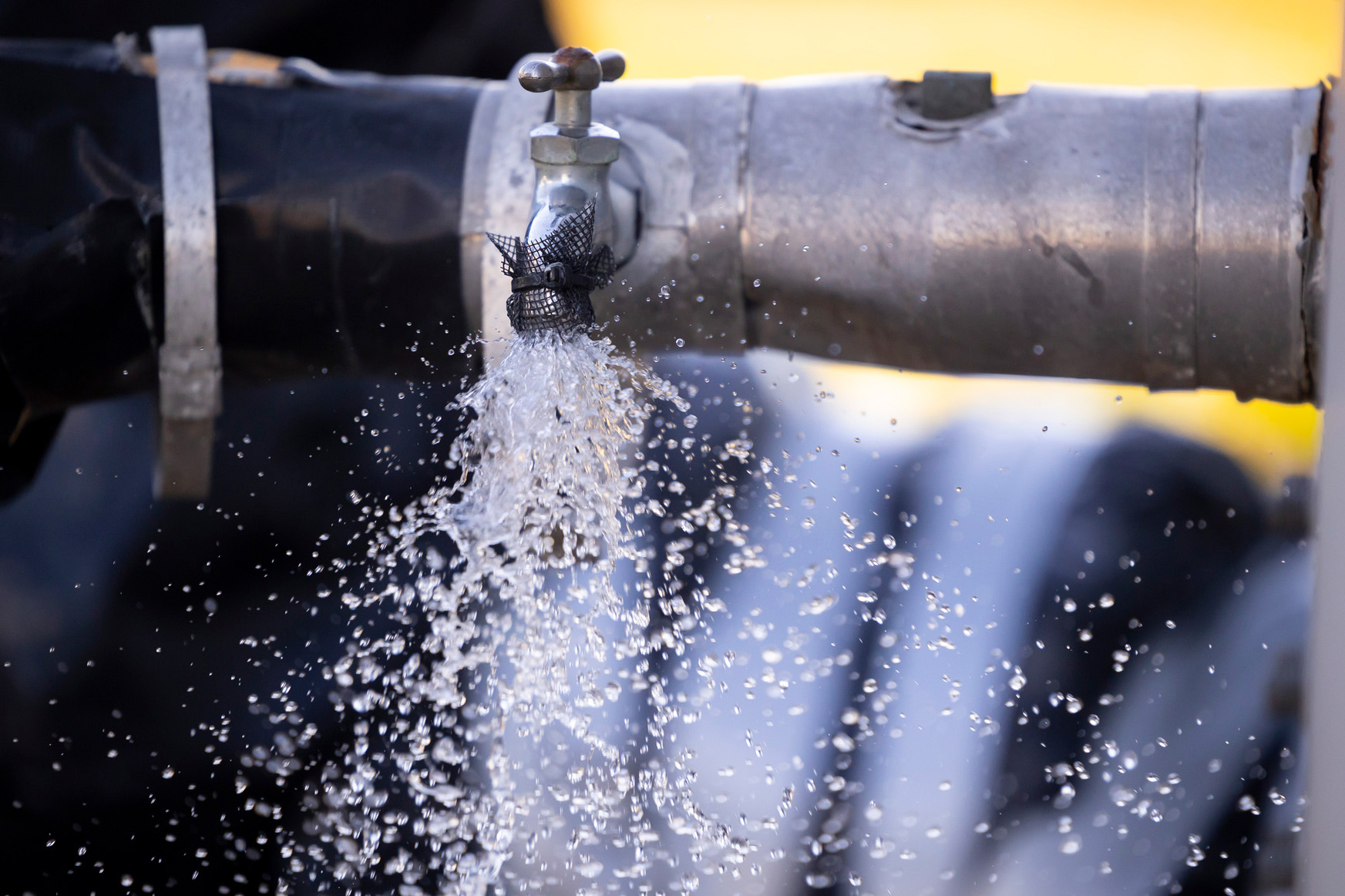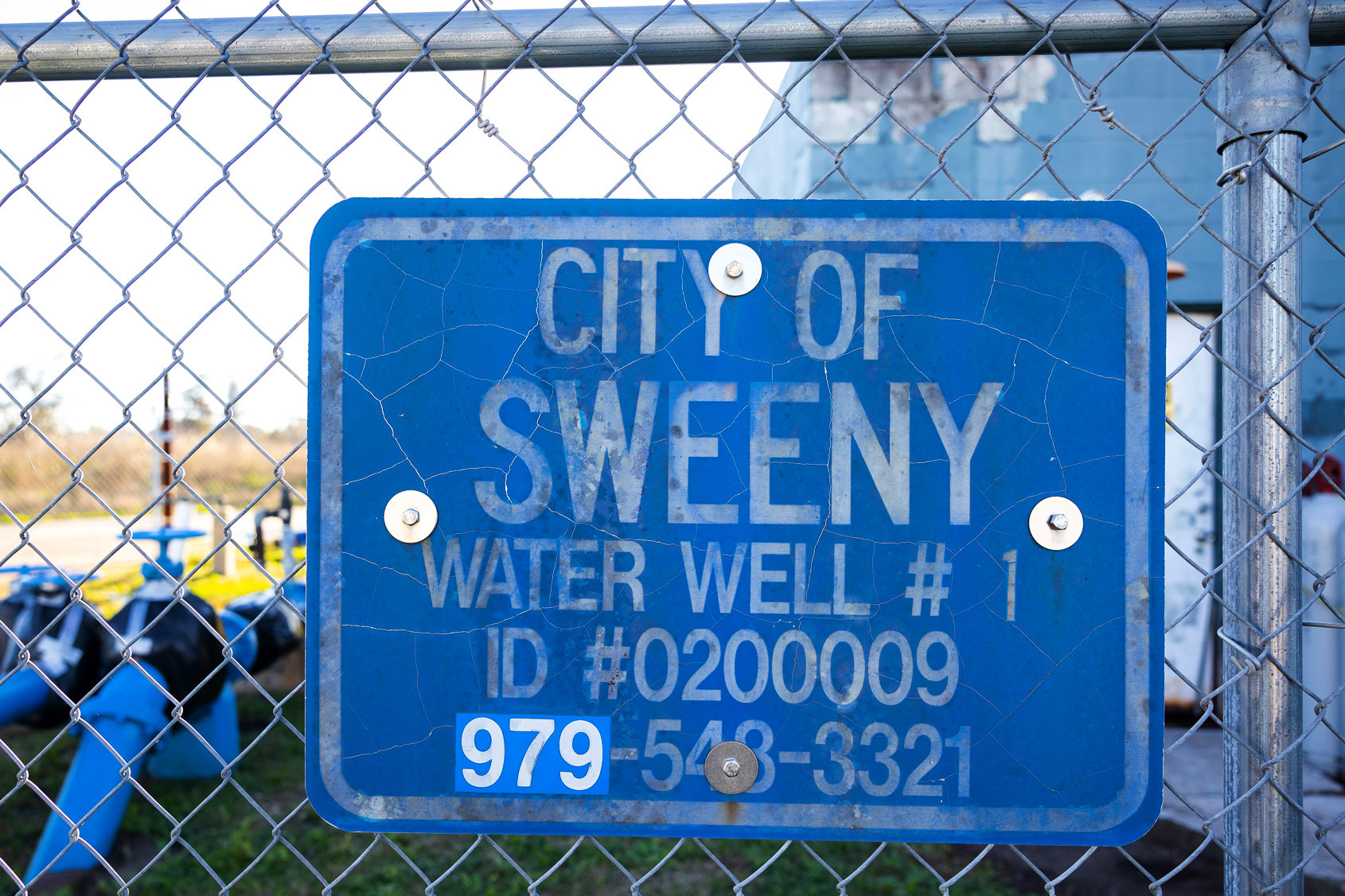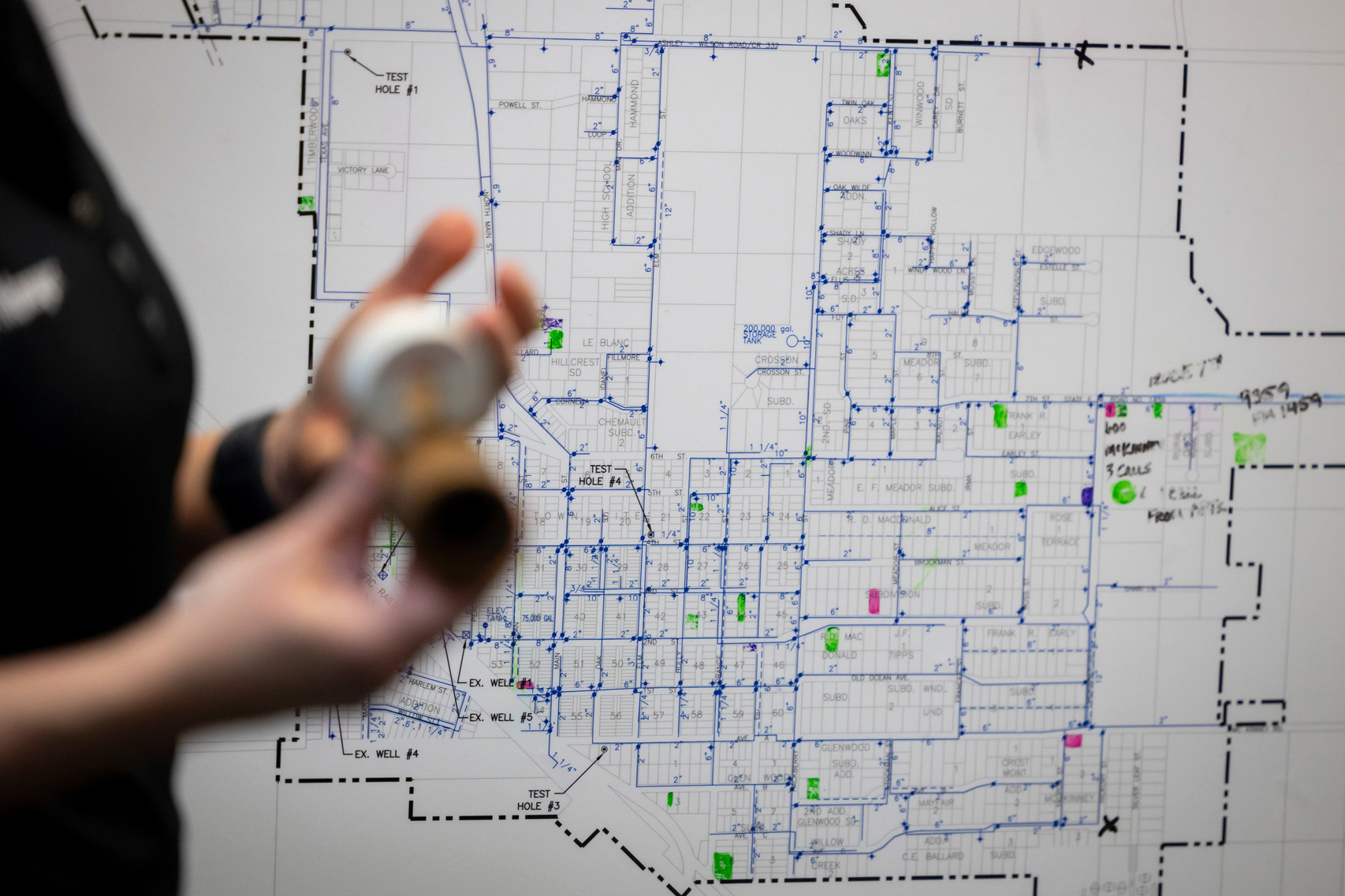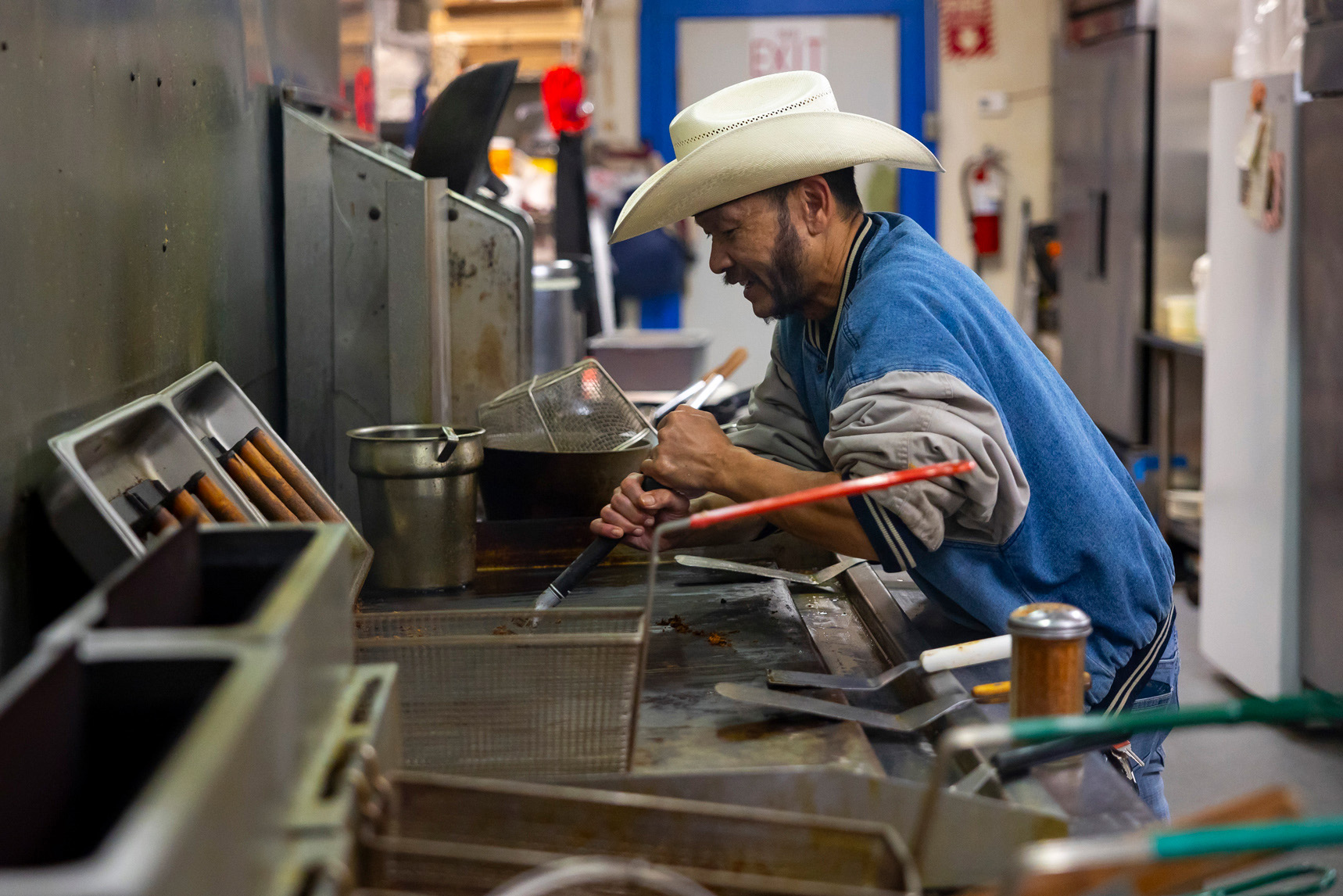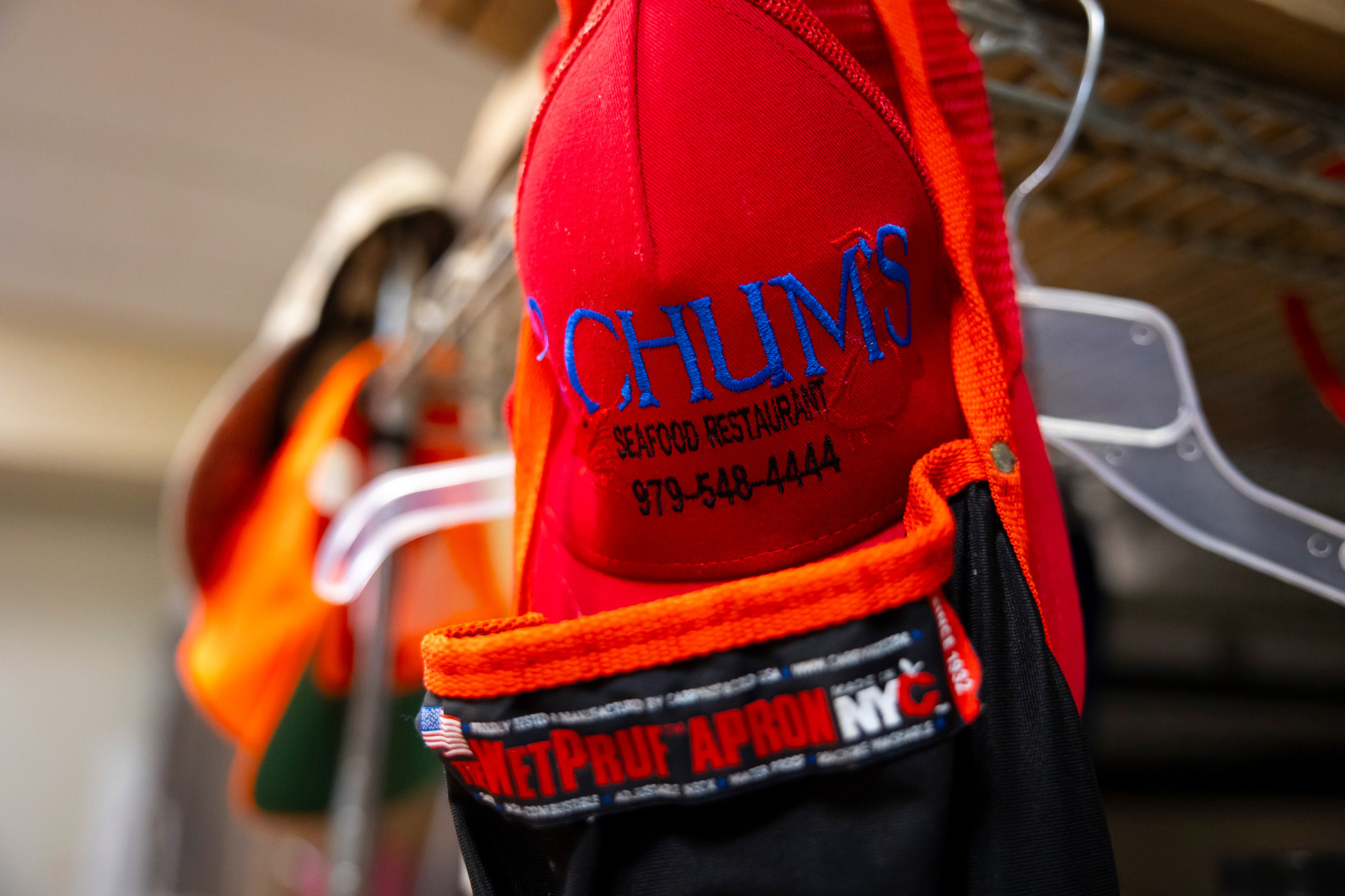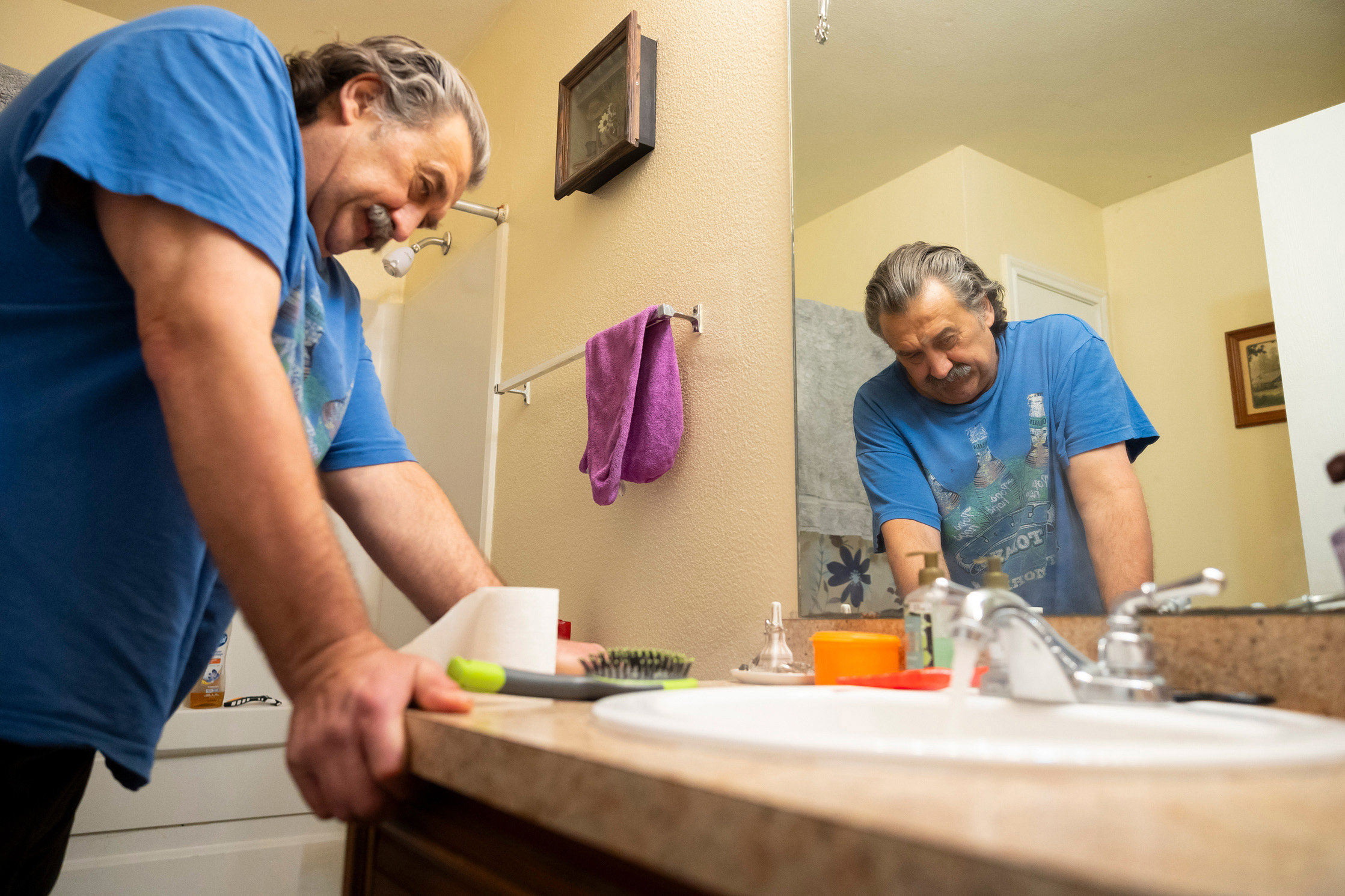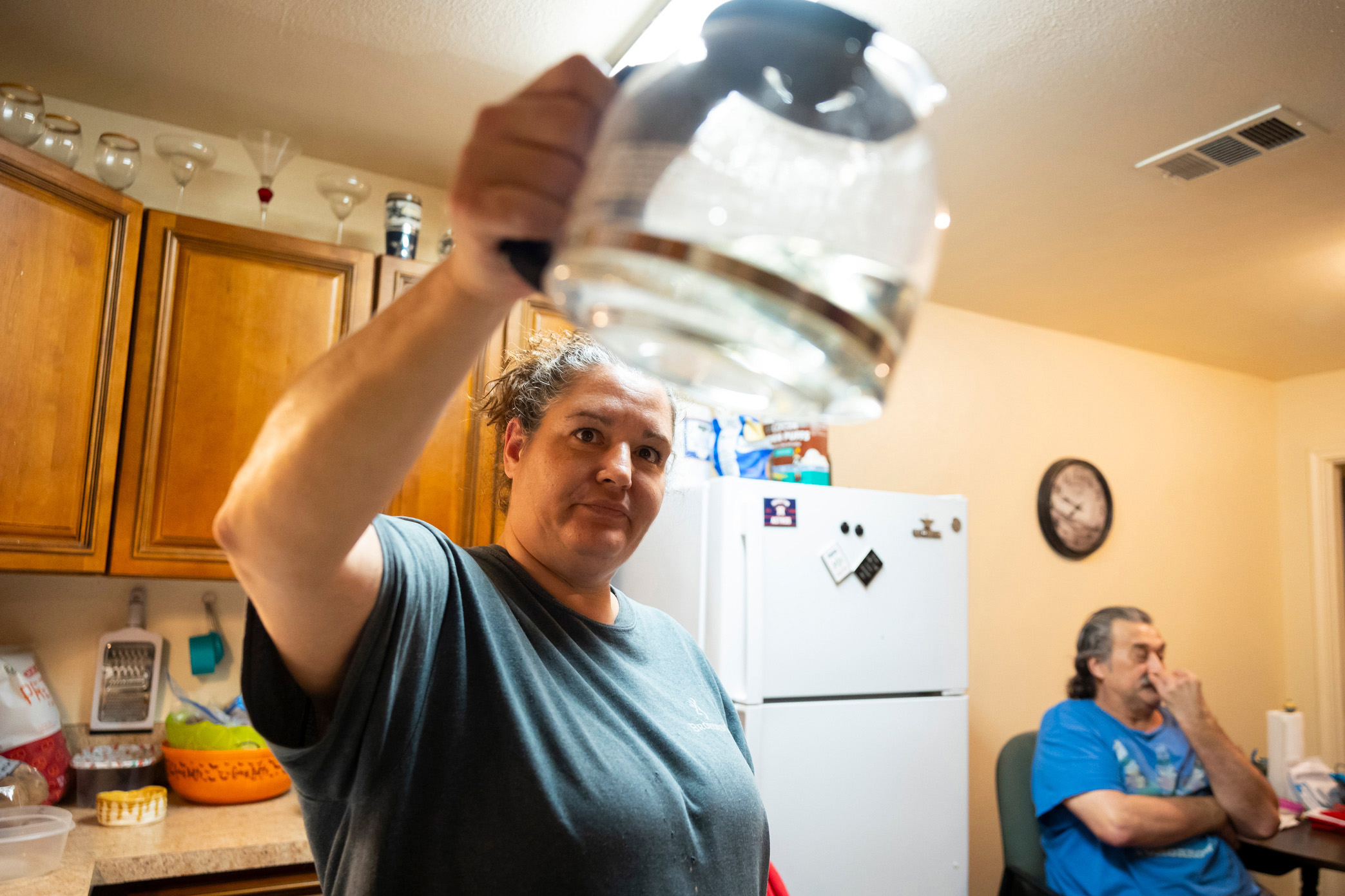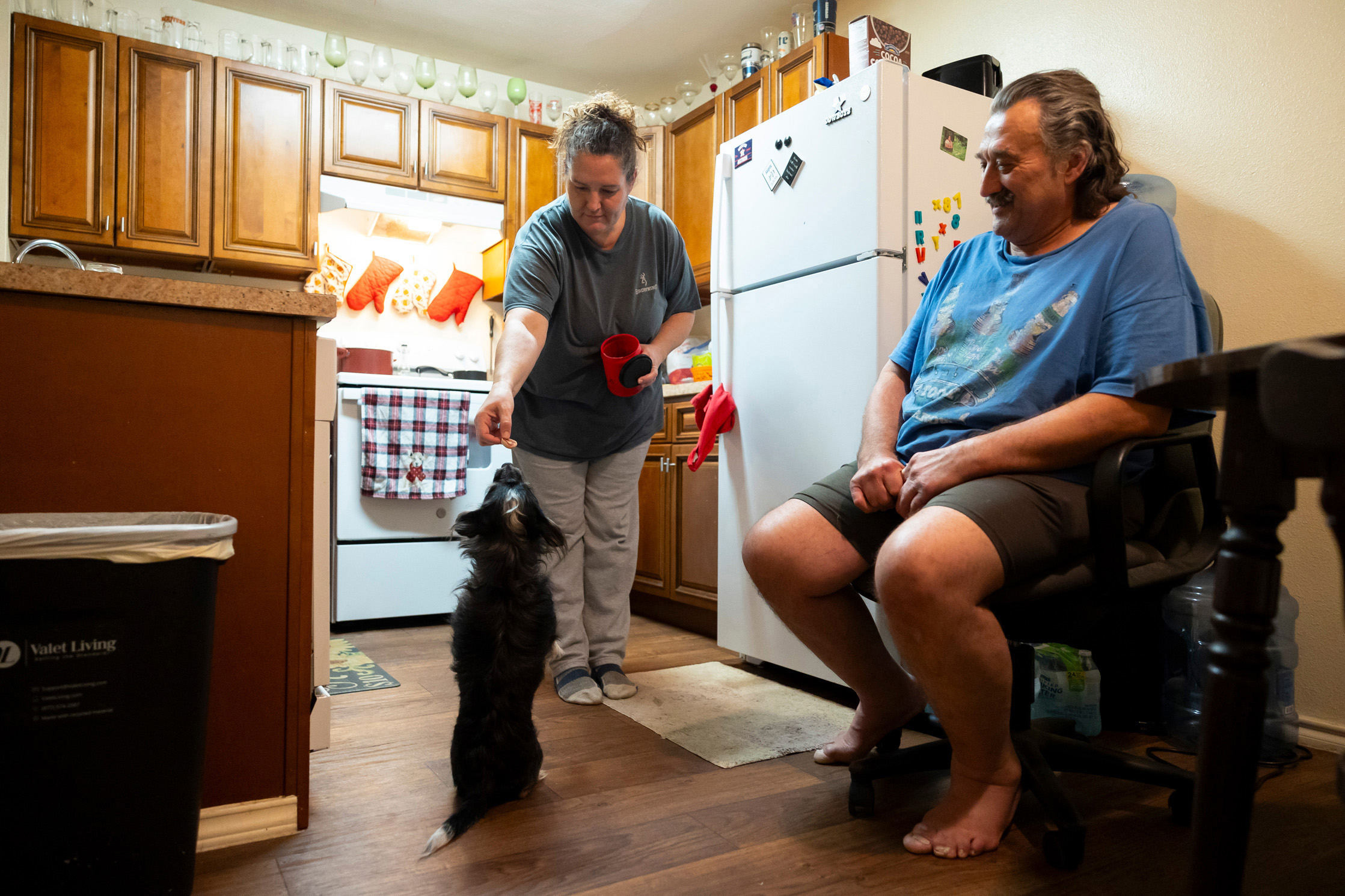|
Getting your Trinity Audio player ready...
|
SWEENY – Many nights, Macy Jo Kresta’s daughters bathe in water that looks anything but clean.
In the tub, the girls play with an assortment of toy turtles, Barbie dolls and plastic toy letters that float atop soapy, dark yellow water.
In their laundry room, a brand-new washer and dryer sits untouched. Kresta has given up doing her family’s laundry at home after one too many loads of clothes were destroyed and stained by dark brown water. Instead, Kresta stuffs loads of dirty laundry into bags to have washed, dried and folded at her local laundromat. But $15o each trip has put a dent in her family’s bank account.
And drinking tap water? Completely out of the question. Kresta’s family goes through a pack of bottled water a week and keeps their water jug constantly full, leaving her with yet another expense as a result of Sweeny’s lackluster water.
For at least a year, Sweeny residents have dealt with murky water, leaving some to question if it’s even safe to consume. Many are left to take extreme measures to work around it, and some go long periods without seeing clear water.
As much as Kresta and her husband love the small Brazoria County town, they’re considering leaving Sweeny altogether because of the water quality.
“As a mom, I feel like I'm not able to provide my kids with their basic needs or provide them clean bathwater,” she said. “Are we in a third-world country?”
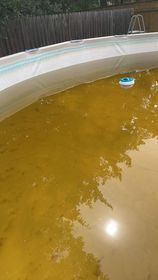

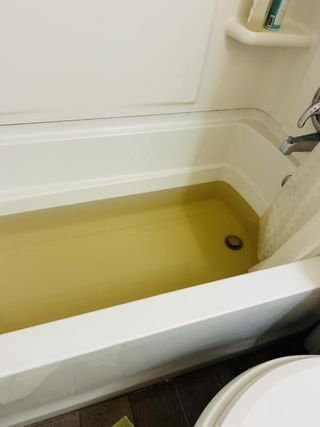
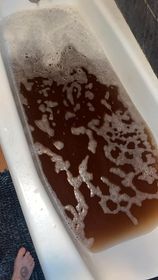
The collective frustration from Sweeny residents about brown water reached an all-time high last spring, but some residents say this issue has been happening for years.
Residents called city hall and took a local Facebook group by storm with photos and videos of discolored water – ranging from a cloudy light brown to a dark yellow and – filling their bathtubs and photos of thick, coffee-colored substances seeping from their constantly changing water filters.
Corroding infrastructure dating back to the 1940’s and elevated levels of a chemical called manganese infiltrating the city’s water supply have been identified as the main causes of the city’s water woes, according to city officials.
The initial steps to make these repairs comes at a $15.5 million price tag, a price the city can’t afford. While Sweeny officials search for the funds, residents wonder if there is an end in sight.
Despite the water’s discoloration, Sweeny is currently in compliance with standards set by the Texas Commission for Environmental Standards. Still, City Manager Lindsay Koskiniemi said she understands residents' concerns, and she doesn’t even drink the tap water from the city.
“It doesn't look safe. It doesn't look like something you want to wash your clothes and bathe in,” she said. “I can promise you, I’m not gonna drink this.”
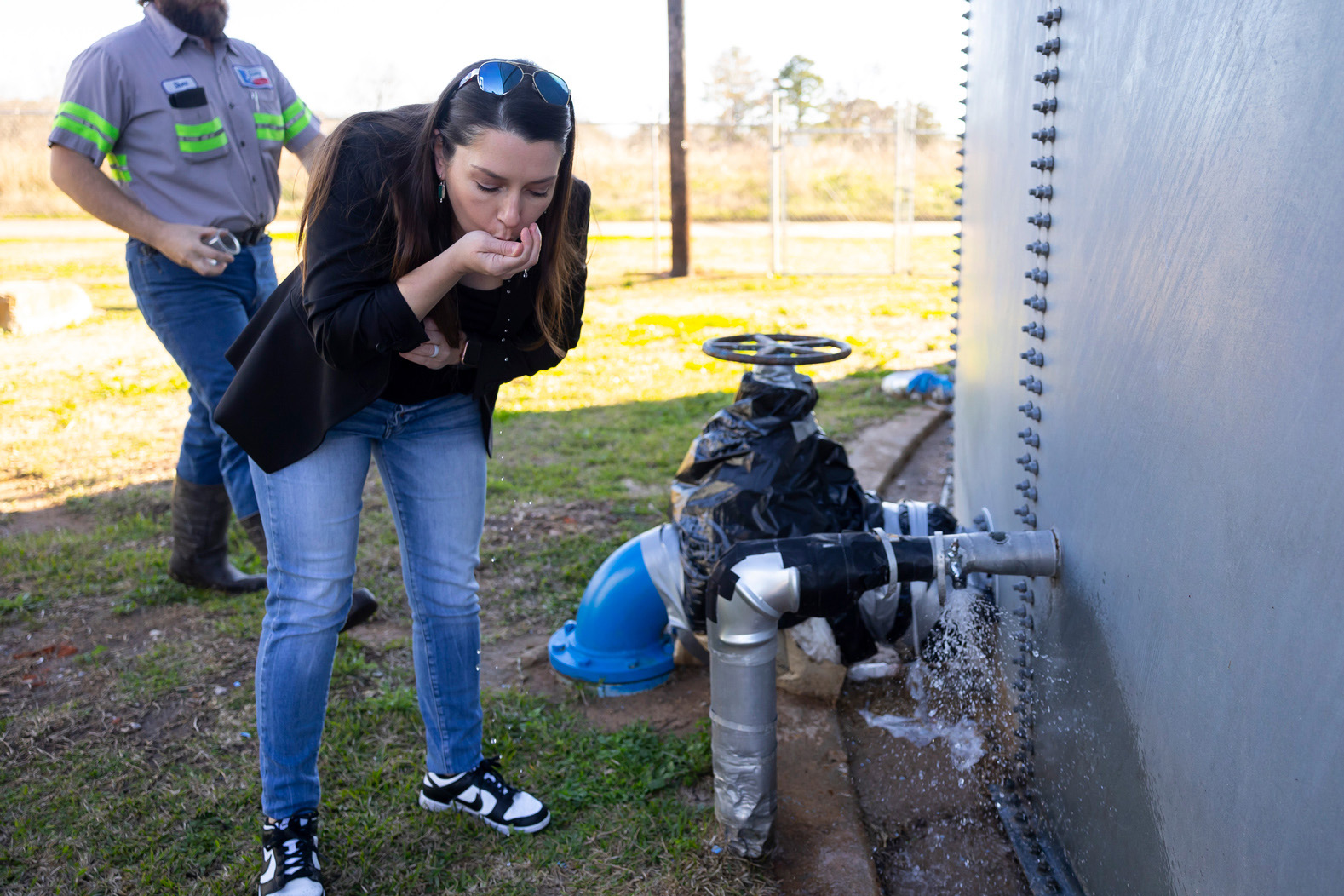
A problem bubbling up for decades
Koskiniemi has found herself doing show-and-tell a lot these days.
On her desk rests a small piece of a city water line that was extracted during a water leak last year.
She rubs her index finger along the gritty interior of the pipe and drags it down to the bottom. When her finger emerges and she points to the sky, it’s now stained a deep, dark brown, a similar color to what some residents have seen gushing out of their faucets and leaving stains around the rings of their sinks.
City officials said the first water lines were installed nearly 80 years ago in the 1940s. With no record of any major repairs, they believe the 89,000 linear feet of water lines running through the city are built to outdated standards of more than eight decades ago.
Aging infrastructure isn’t Sweeny’s only problem. About a year ago, the city began seeing elevated levels of a chemical called manganese in its water supply.
/mang-guh-nees-neez/
Manganese
(noun) a naturally occurring element that can be found in air, soil and water, and is an essential nutrient for humans. When Manganese is present in drinking water at levels above federal recommended levels, it may cause water to turn black or brown, black staining or cause water to have a bitter metallic taste. While not harmful, its appearance alone may prevent people from drinking water.
Manganese is a naturally occurring element found in water, soil and air, according to the Environmental Protection Agency. Monitoring manganese is considered to be a secondary drinking water standard, a non-enforceable guideline for local governments to regulate the aesthetics of drinking water.
While not usually harmful, if levels exceed federal standards, water can appear brown or black, and cause a bitter metallic taste. This often causes people to stop drinking tap water even though it’s technically safe to drink.
The TCEQ visited Sweeny last April to help the city address rising complaints over its discolored water. Tests for manganese last spring ranged between 0.162 to 0.174 milligrams per liter — more than three times the EPA’s recommended limit of 0.05 milligrams per liter.
Around the same time, city officials found that their industrial water softeners — installed in the 1960s or 1970s — had accumulated decades worth of metals like iron and manganese. Over time, this accumulation turned the city’s filters from a clear pearl color to a deep red. Some time at the end of 2022, the city believes this compounded substance began to backwash into the water supply.
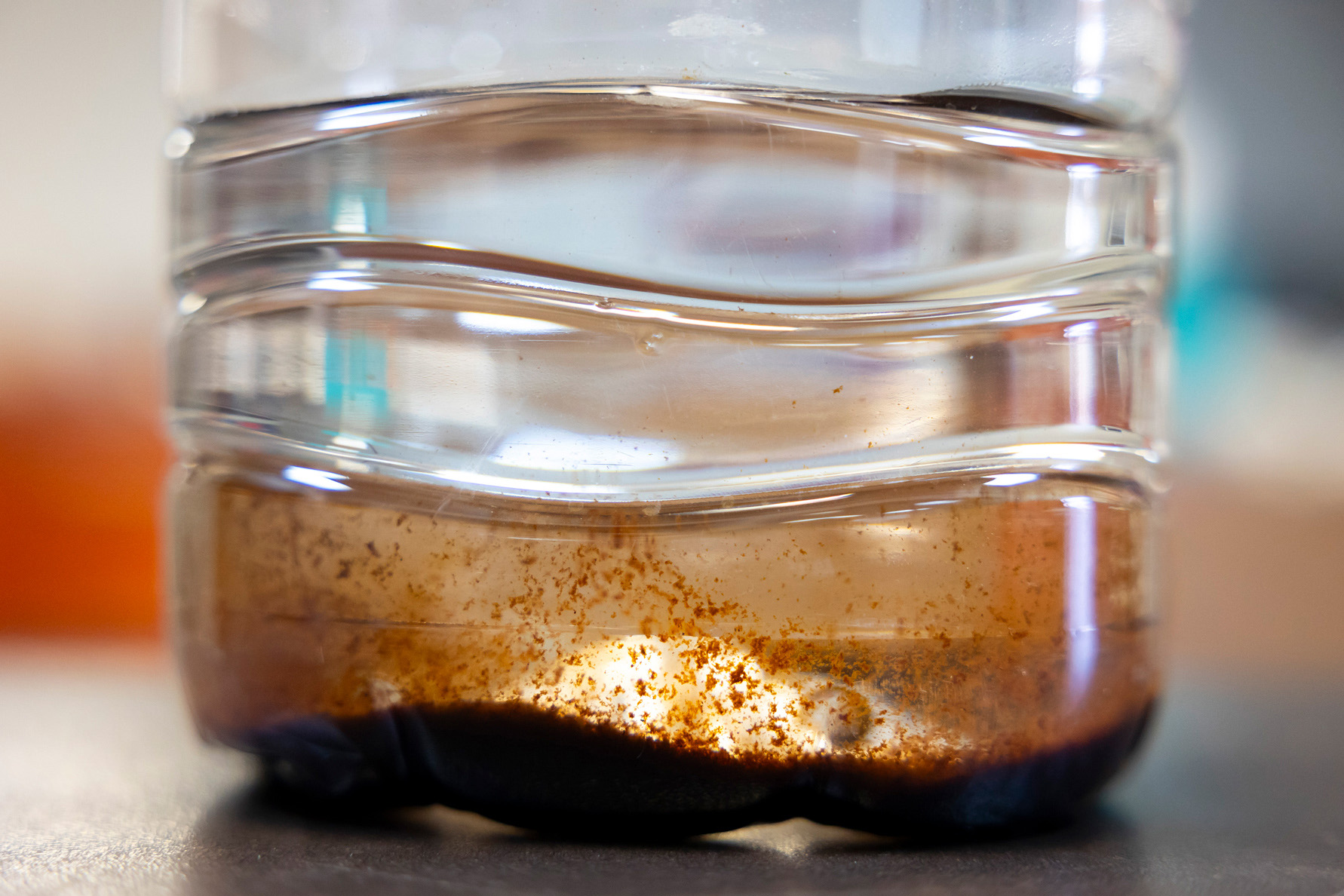
Once this was discovered, Koskiniemi made staffing changes at the water and wastewater treatment plants and outsourced services to a company called Inframark LLC.
Todd Burrer, vice president of Texas municipal utility districts for Inframark, said it’s unclear what triggers higher levels of manganese. In his experience, the levels of manganese are often random and impacted by the water source.
To remedy this, the city decided to bypass its water softeners and got approval by the TCEQ to use a chemical to limit the manganese’s discoloration of the water supply.
But this isn’t a cure-all, officials say.
To get rid of the discoloration residents are seeing, Koskiniemi said, the manganese levels and corroding water pipes both need to be addressed.
Michael Claybourne, owner and president of a water treatment organization called Water of Texas LLC, has worked with Sweeny to examine the problems plaguing its water system and had previously been in talks with the city about installing an industrial-level manganese filter.
Replacing the city’s water lines and finding a way to filter out the manganese will cause drastic improvements to the water’s color. But this progress won’t happen overnight, he says.
“It's gonna take a lot of money and a lot of time to replace all that plumbing that's underground,” Claybourne said. “That’s the situation. That’s the challenge Sweeny is facing right now.”
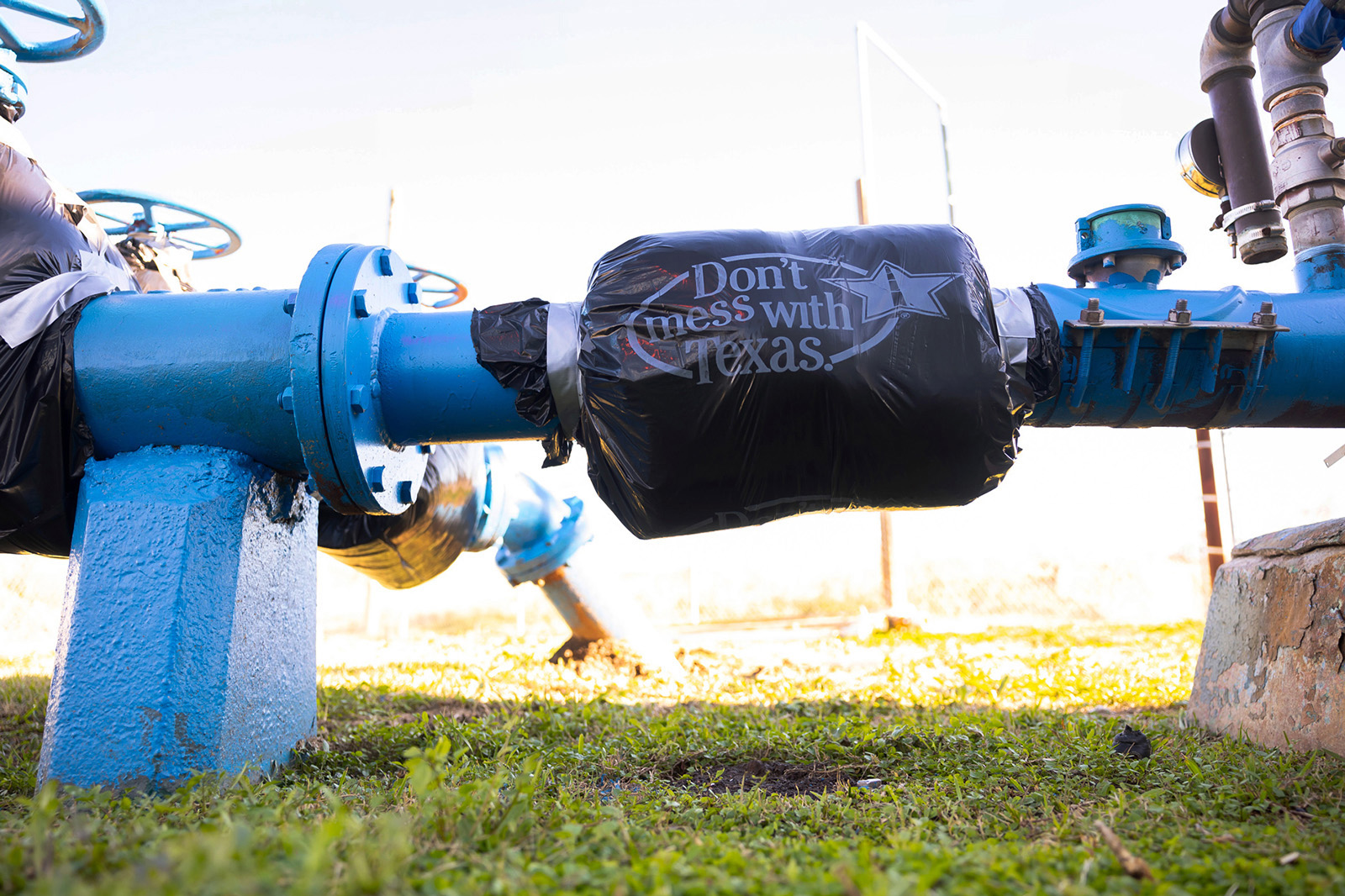
A solution worth a pretty penny
Some water lines in the city have been or will be replaced with the help of Community Block Development Grants or certificate of obligation bonds. The city has set aside $120,000 to implement an industrial manganese filter into its treatment process, but the city is still looking for a contractor to complete this project.
But the process to replace water lines in the rest of the city will be a long one that comes with a massive price tag for the small town.
An estimate from Sweeny’s city engineer, Strand Associates Inc., estimated the costs of waterline replacement for the remaining portions of the city to amount to nearly $15.5 million in construction and engineering costs. This project will replace the city’s 2-inch steel pipes with PVC and increase the size to today’s standards.
However, the cost of this project is money the city of Sweeny does not have.
Decades of mismanagement have led to the city not having the cash to cover a project of this size, Koskiniemi said. Before she came on board in July of 2022, the city had never had a capital improvement plan.
City Council adopted the city’s inaugural capital improvement plan last month. Without the plan, the city was unable to properly plan for a massive infrastructure project such as this.
“Without a CIP, you have no roadmap. You have no blueprint for how to save in the event of a crisis,” Koskiniemi said.
Mayor Dusty Hopkins did not respond to requests for interviews or emailed questions.
With a lack of funds, the city is searching for other options. The trick, however, is trying to find a solution that doesn’t place too much cost burden onto residents.
One approach the city is looking into is putting a general obligation bond on next year’s ballot.
But if the city were to solely leverage property tax on a bond with a 4.5 percent interest rate over 30 years, Koskiniemi said Sweeny would need to raise property taxes 45 cents per $100 evaluation, something the city doesn’t want to do.
Another option the city is pursuing is applying for a loan from the Texas Water Development Board. The board, which received $1 billion last fall after voters approved Proposition 6, is charged with addressing water needs across the state.
The city plans to apply as a disadvantaged community to the TWDB’s Drinking Water State Revolving Fund Program. This program provides low-interest loans with varying levels of principal forgiveness to communities across the state.
But money from the TWDB is highly competitive. In 2023, communities applied for funds totaling more than $2 billion, but the fund was only able to approve requests amounting to one sixth of those requests.
Koskiniemi said she’s worked for cities that have applied to the fund multiple times but have never received a loan. She still plans to put the city’s hat in the ring.
Even with the funds in place, the time frame to complete the project is still years away. In the city’s recently approved CIP plan, Sweeny is currently looking at options that have a 30-year pay off and a 15-year project life.
The city manager created a waterline replacement map with six zones based on urgency. The southwest side of the city with the oldest homes would be worked on first, and areas with newest homes on the north side last.
The 2019 certificate of obligation bond will help repair water lines on Main Street, home to many of Sweeny’s restaurants and businesses. Officials hope these funds will help business owners like PK Kim get clearer water to their establishments.
Each day, Kim and his four-man crew work quickly to fulfill in-house and takeout orders at his seafood restaurant, C Chums Seafood.
Kim, often recognizable by his white cowboy hat, glazes the stove in olive oil before laying two fresh pieces of salmon to sizzle under the heat. Beside him, a pot of water boils aggressively, sending a cloud of condensation into the air.
To run a restaurant, water is essential. But when Kim started to notice brown water coming out his tap, he had to find another option.
Rather than using water from the sink, Kim said he boils scoops of ice from the machine in the back of his restaurant. When customers ask for tap water to go with their meals, he suggests they buy bottled water instead.
“I’m not here just trying to make a couple bucks,” he said of asking customers to get bottled water. He wants to make sure customers come back to his restaurant.
While there is a solution in sight, 15 years to repair lines in the rest of the city is too long of a wait for some residents.
Overwhelming frustration
Crystal Newsom was born and raised in Sweeny and remembers drinking out of the water hose as a child. The water situation the city is experiencing now is a stark contrast to the conditions she grew up in.
She and her husband are constantly bracing themselves before showers, wondering if the stream of water will run out clear or cover them in brown water. No matter what, though, Newsom and her husband, Mark, say they never feel clean after taking a shower.
“It's ridiculous because everybody in this town has been dealing with this situation for way too long,” she said. “This should have been fixed years ago. There's no reason why we should have to deal with this kind of water situation.”
For some residents, the lack of consistency with their water has left them with an overwhelming sense of frustration.

Before her family returned home from a trip to Fort Worth, Kresta recalls wondering if it would be a “clean water day” for them at home.
“That’s sad,” she said of the situation.
Kresta wants to see the city take action and make this a top priority.
“Yeah, it's gonna be a lot of money to replace the pipes and (it’s going to take) a lot of time and a lot of work. But… there is no alternative,” she said. “I guess we just need to buckle down and do it.”
Briah Lumpkins is a suburban reporter for the Abdelraoufsinno covering Fort Bend, Brazoria and Galveston counties. If you have any story ideas or tips for Briah, feel free to send her an email at [email protected].



